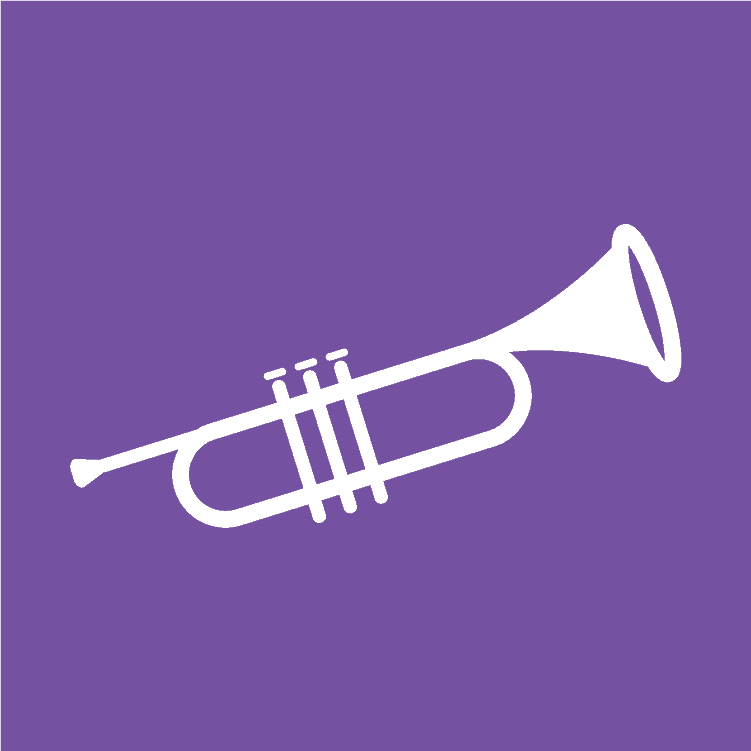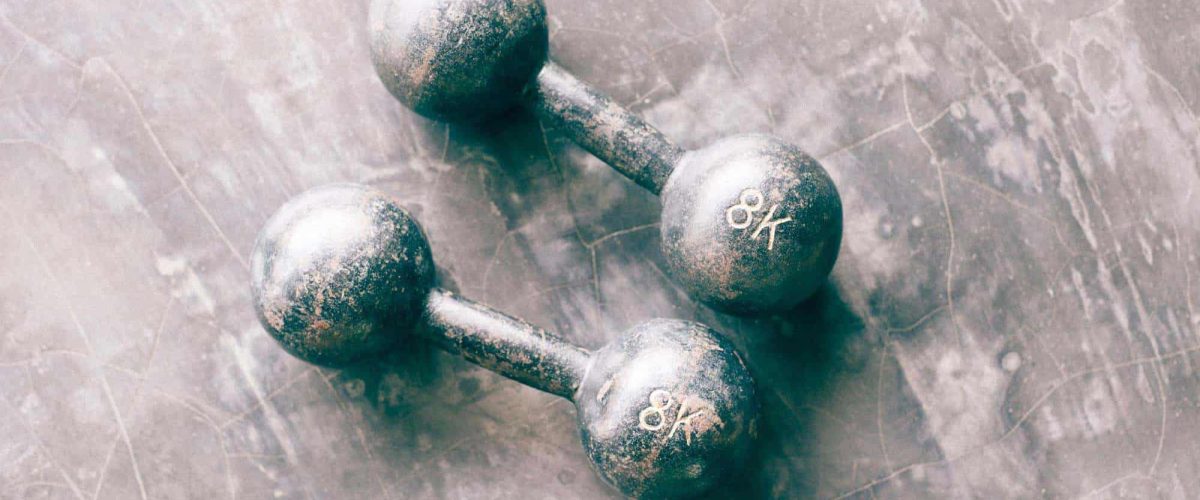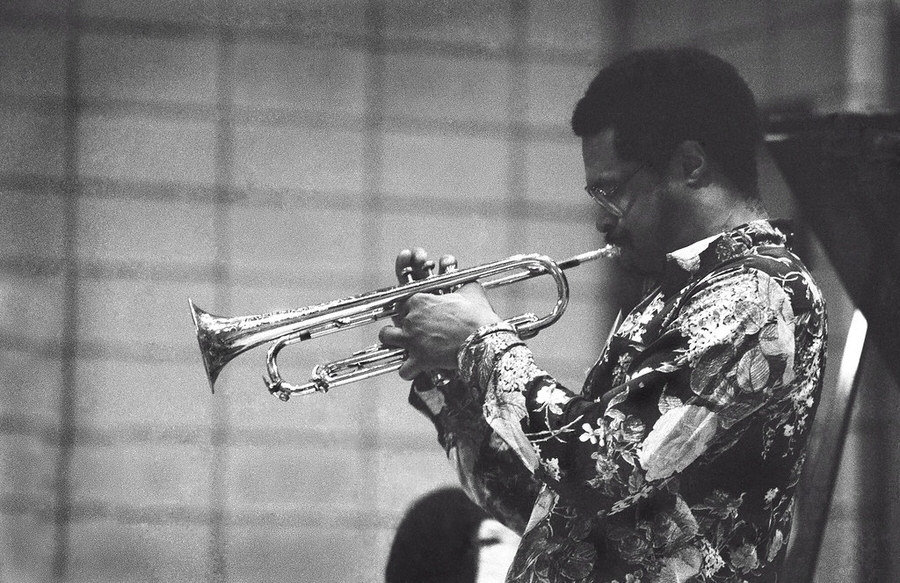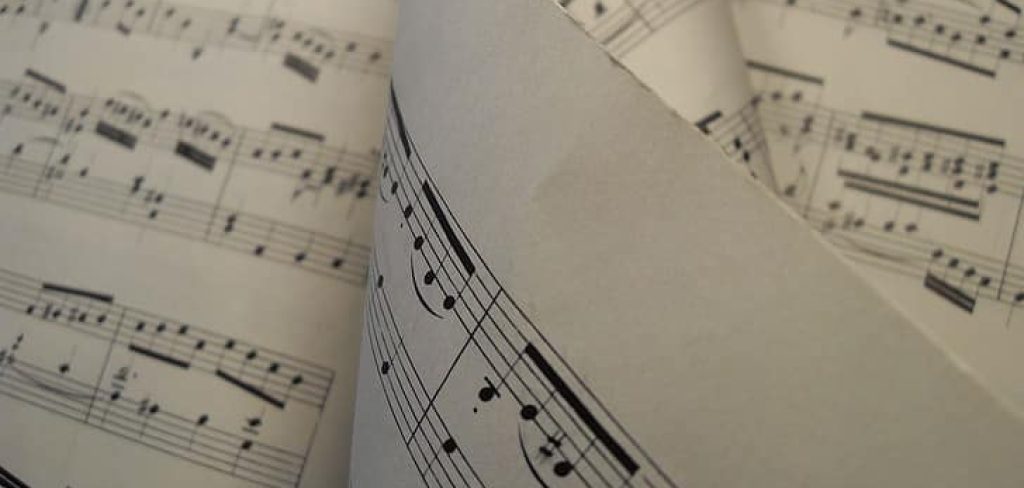Improve Your Trumpet Technique
Fix your trumpet technique now...
Will you be wanting to improve your trumpet playing? Then technique is one thing you ought to be paying attention to initially. A good technique is at the foundation of any excellent player. It’s not possible to have an impressive trumpet player without having an amazing technique. As an element of our ‘Beginner’s Guide To Learning The Trumpet’, we hope this part on technique will help you improve simply and easily.

Daily Exercises
Many exercises are essential to gain a proper technique. Once you master these exercises, you’ll be able to play almost anything. That sounds like a grand statement – but don’t underestimate the word ‘master’!
If you work enough, you’ll be able to look at a section of music and be confident enough to learn it quickly. For each exercise, there is a specific way to practice it. Your practice is only as good as your form while you practice. So be disciplined about it, as practising exercises wrong is a complete waste of time! We have three key exercise categories that will help you…

1. Lip Slurs
Your lips are a muscle, and an important one when it comes to playing a brass instrument. In the same way, a football player lifts weights or a netball player runs sprints to condition their muscles, we have to keep our embouchures (the way in which a trumpet player applies their mouth to the mouthpiece) conditioned, too. The difference is, unlike athletes who are using their legs and arms, we are using our lips to do something they were never designed to do! This is why introducing lip slurs to daily practice is so important for brass players.
The idea behind lip slurs is simple: change notes without changing fingerings, relying on our lips and air to do the work. Slurring from one note to the next whilst remaining on the same valve combination (for example C to G and back to C again) is a simple but great way to check that we’re getting the air through the trumpet in the most efficient way possible whilst also strengthening our lip muscles or embouchure.
The words “lip slur” are a little misleading, though, since most of the change is really accomplished through the air. You will need to tighten or loosen your embouchure a little, but it is a very slight change. Someone watching you play should see little or no visible shift in your lips. Instead, the shape and speed of air will have to change to shift notes up and down. Say, “Oh.” Then, say, “ee.” Notice how your tongue raises to create the “ee” sound, compared to the low, open “Oh.” This is the same thing you have to do to raise your pitch whilst remaining on the same valve combination. You can use these syllables as a guide, moving your tongue high and low, and eventually, everywhere in between.
2. Scales and Arpeggios

Scales are those things that all musicians love to hate. When I grew up, the very last thing I wanted to practice were scales. I’d have rather eaten brussel sprouts at Christmas. So what happens when a child becomes a professional musician? Why do they suddenly forget their hatred for scales and enforce it on their students?
Almost every melody is made up in parts, from a scale. Almost every bass line follows a scale at some point. Almost every harmonic progression is built around scales. So you may not realise it, but listening to music means listening to many different scales. That means playing music means playing many different scales. It really is that important.
By knowing your scales well, your muscle memory will instinctively know what scale is part of what melody, bass line or harmony – and you’ll be able to play it easier and more accurately knowing this.
Every piece is set in a ‘key’. Every key has a different number of sharps or flats, and to start with it can be tricky to remember all the configurations. Scales help with this; every scale is different BECAUSE of the sharps and flats, so once you know the scales, you should know the keys. This then gives you a sixth sense where you can feel your way around the trumpet, and know which notes are likely to be right, and which are likely to be wrong.
Have you ever seen someone sight read a complicated piece and wondered ‘how did they do that?’ The answer is patterns. When reading music, we end up reading a series of patterns, not each individual note. It’s exactly the same reading this pargaraph. Did you realise I swapped the G and A around in the middle of the word ‘paragraph’? Thought not!
3. Tonguing and Long Notes
To start a note, the tongue acts as a pressure release valve as we say ‘Tah’ or ‘Dah’ depending on the style of articulation we want with the tip of the tongue up against the back of the top teeth. Scales are actually a great way to work on the tongue, but there are also countless exercises in the various method books that are available (more on these later).
Long notes can be as tedious as they sound, but if you have the patience and perseverance to do them on a daily basis then there’s no better way to check in on all your trumpet playing basics (the tongue, the airflow and embouchure strength).
General Trumpet Technique

Wrong technique makes playing more challenging and tiring. Incorrect seat positioning or posture can cause pain in the shoulders, neck and back. Awkward hand positions can give you stiff fingers and limit your dexterity.
Fixing a bad technique can be tricky, so it’s essential to acquire good habits from the start.
Posture
Wrong technique makes playing more challenging and tiring. Incorrect holding positioning or posture can cause pain in the shoulders, neck and back. Awkward hand positions can cause too much tension in your set up and limit your dexterity.
Fixing a bad technique can be tricky, so it’s essential to acquire good habits from the start.
Sit with a straight back, off the back of the chair, with two feet firmly on the ground. Sitting like this may be tiring at first, don’t worry, your core will get stronger very quickly. Next, lift the trumpet to a position which allows you to imagine the drawing of a triangle between the bell of your trumpet and both your elbows. Relax your shoulders. Fight the urge to hunch or curve your spine. If you hold tension in your shoulders as many people do, roll them over and back a few times.
You may not know this, but your entire body is involved in playing the trumpet. Soloists who seem to make elaborate movements are playing with total control. They are directly transferring energy from their entire body into the instrument. Who needs the gym when you have a trumpet!
Bonus Tips...
Sight Reading

If you can, you should try and sight-read every time you practice.
When sight-reading, it’s advised that you read something just under your current playing level. This way, it’s a challenge, but not too much of a challenge…
Just don’t fall into the trap of reading something that’s too easy – your sight-reading won’t improve if everything is a walk in the park!
And I know this sounds obvious, but remember; for it to be sight-reading; it needs to be a piece of music you have never seen or practised before.
Improve Your Trumpet Technique - Summary
Most things in life work well when you take the time to plan them. Playing the trumpet, and improving your technique, is no different. Challenge yourself on a daily basis – and remember that building a strong technique is the foundation of your playing. The time taken here will make your life easier down the road…
About the Author
Cai Isfryn
My name’s Cai Isfryn and I’m a trumpet player who’s performed with Public Service Broadcasting and Bastille, appearing numerous times at Glastonbury Festival as well as some of the world’s most famous concert halls such as the Sydney Opera House and The Royal Albert Hall. I studied at the Guildhall School of Music and Drama and am endorsed by Bach (I play a Stradivarius model 37). Aside from the trumpet I enjoy yoga and meditation as well as any endurance sport. I’m currently training for my first Ironman next year.
Other posts by this author
Are You Enjoying 4 Feature Friday?
As regular as I walk the dog, I send out an email to you with the four most excellent things that you absolutely have to know about.
Providing it has something to do with music, it can land in the email. Consider it as a music pandora’s box!
But you’ll only get a copy of the email if you gain access directly below.
Read the next post in this series:




